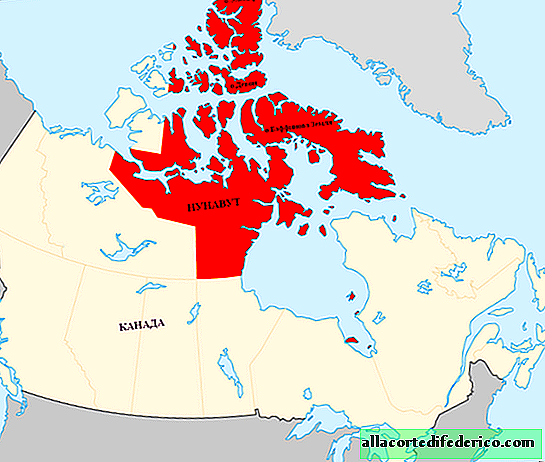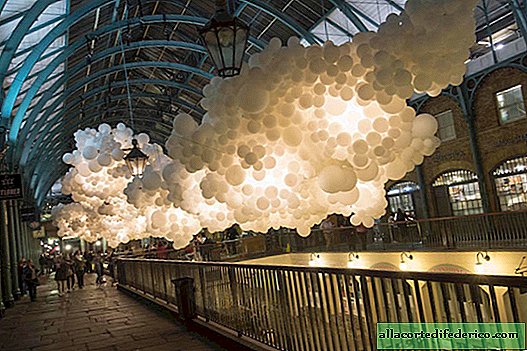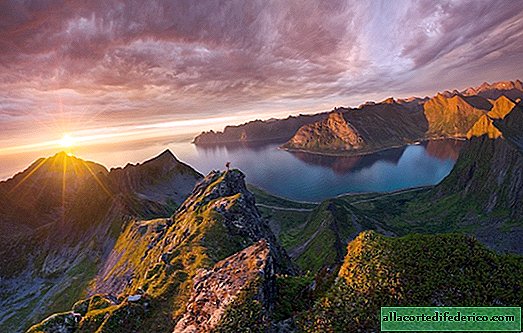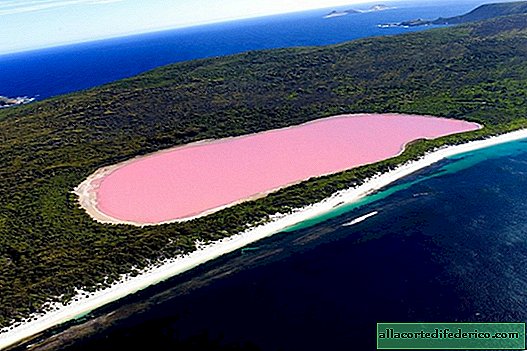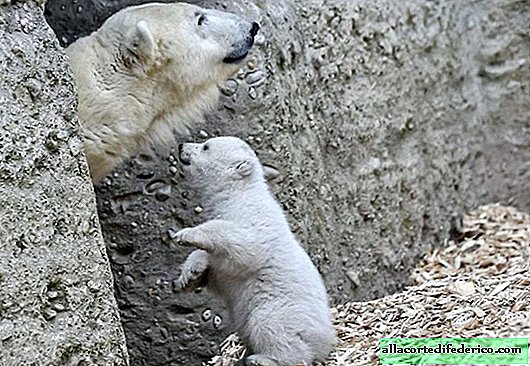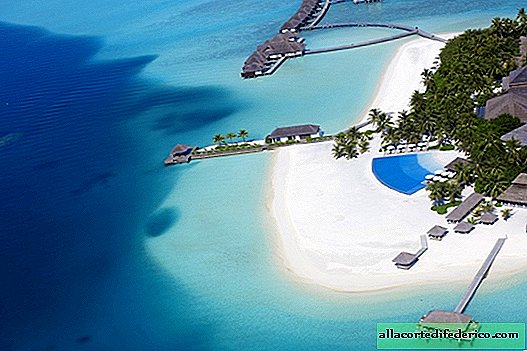City over the abyss: why Berezniki in the Urals built directly above the mines
Every few years, or even more often, the city of Berezniki shudders at the news of the occurrence of another failure in the ground. Huge funnels with a diameter of up to 150-400 meters are regularly formed in different parts of the city. Such is the sad result of the development of the Verkhnekamsk mineral salt deposit, the worked out mines of which form a whole network of voids and corridors located directly under the city. Already entire blocks of the city of Berezniki are subject to relocation due to the risk of a new collapse, some residents have already changed their place of residence. But how did it happen that the whole city was built directly above the mines?
 City Berezniki, Perm Territory
City Berezniki, Perm TerritoryThe richest reserves of potassium salt in the upper Kama were discovered in the 20s of the last century, although the familiar table salt was mined here since the 15th century. And already in the 1930s, at the Verkhnekamskoye deposit, they started mining potash salts, a valuable mineral raw material for the production of fertilizers, which are so needed in agriculture. Solikamsk and its neighboring city, Berezniki, became centers for the production of potash fertilizers, the population of cities grew rapidly, and the urban area increased. New quarters and manufacturing enterprises were built directly above the areas where the mines were located. As subsequent events showed, this was the wrong planning decision.
The salt layer of the Verkhnekamsk deposit is located at a depth of 150-700 meters. The main potassium-containing minerals that are mined here are carnallite and sylvin, which is part of the sylvinite rock. Mining is carried out simultaneously in several mines, in Solikamsk and Berezniki, which belong to the enterprise of PJSC Uralkali.
 The first failure was formed in the forest in 1986
The first failure was formed in the forest in 1986The first failure in this region occurred in 1986, although geologists began to warn of possible technological disasters caused by huge voids back in the 1970s. In the forest on the outskirts of the city of Berezniki, a huge pit formed, measuring 100 by 200 meters. The failure was partially triggered by groundwater, which eroded salt formations and led to collapse. Then there was a pause of 21 years in length, and then failures in Berezniki began to occur with alarming frequency and already on the territory of the city itself. From 2007 to 2018, 7 failures and 2 in the vicinity of Solikamsk formed in the territory of the city of Berezniki.
 The area of mine fields and the resulting blockages on a map of the city of Berezniki
The area of mine fields and the resulting blockages on a map of the city of BereznikiThis is not surprising given the fact that almost the entire city of Berezniki is located above the Uralkali mine fields. Some residential buildings have already been resettled, part of the quarters is assigned to the zone of future relocation. But how did it happen that such a large city with a population of 145 thousand people was built over the mines?
Experts identify several reasons for this situation, which mainly boil down to an incorrect assessment of the geological conditions of the region. At the dawn of the development of the Verkhnekamskoye field, after conducting major exploration work, incorrect conclusions were made about the stability of local rocks. For a long time, it was believed that the development of salt layers and the formation of voids at a depth of 250-350 meters from the surface would not affect the overall stability of the upper layers, so new residential quarters, office buildings, schools and kindergartens were built directly above the mines. But, as it turned out not so long ago, mine fields are located in the thickness of quite loose rocks that are not able to withstand a significant load. The erosion of strata by groundwater, as well as the instability of the lintels left in the mines to maintain the arches, led to the fact that with every small earthquake of a natural or man-made nature, the city is on the verge of another disaster.
 The resulting blockage was filled with water
The resulting blockage was filled with waterToday, the population of the city of Berezniki is decreasing every year, partly due to the fact that huge failures constantly occur within the city limits, and there is no solution to this problem. Despite this, the development of the Verkhnekamsk deposit, which ensures the production of 20% of all potash fertilizers in the world, continues.


